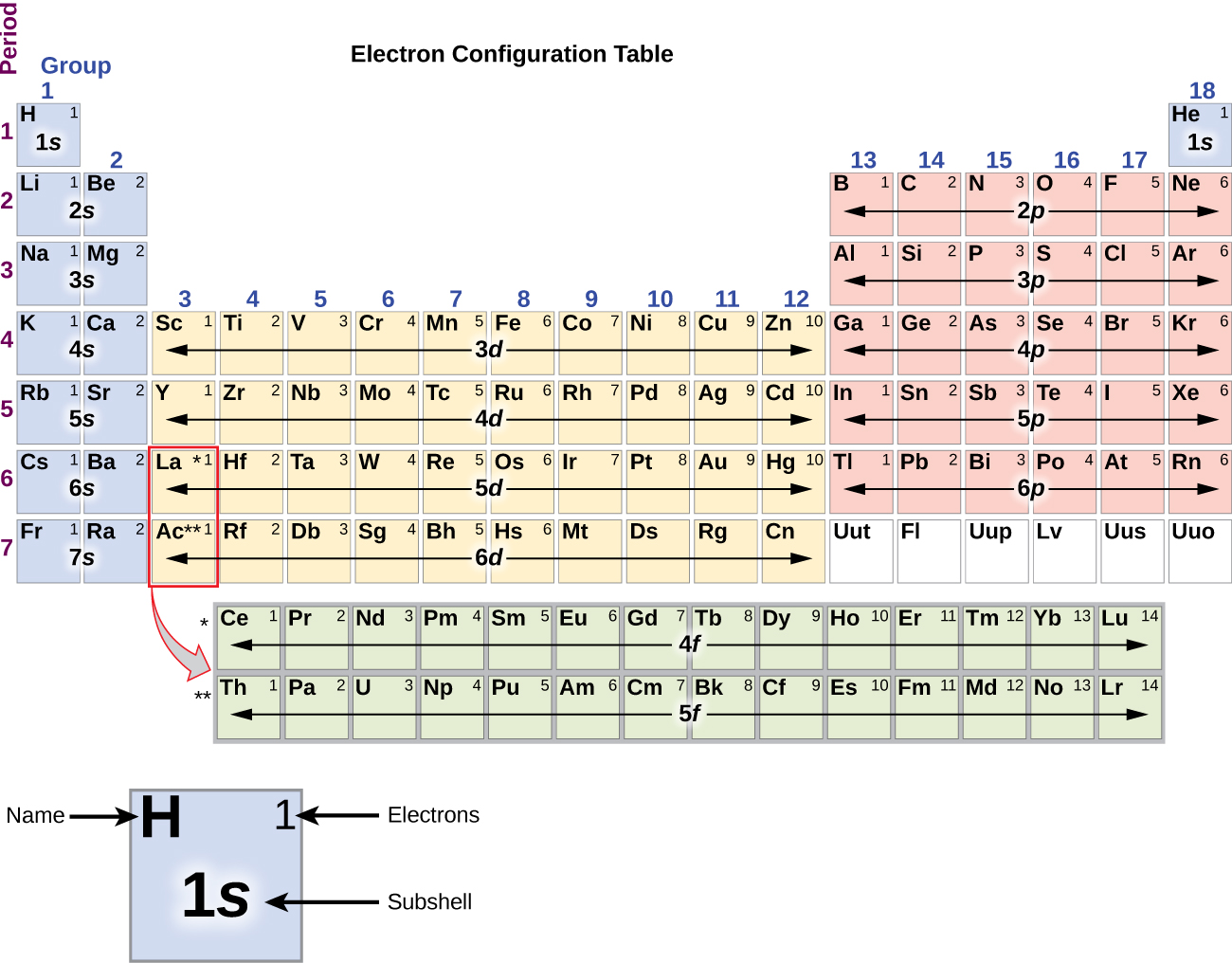

Carbon has the ability to sublime (ability to transform directly from solid to gas state at high temperature) and have the highest sublimation point. Mostly, the oxidation state of carbon is +4 (in inorganic compounds) and +2 in organic compounds. Carbon and its allotropes are resistant to melting at atmospheric pressure and remain solid at considerably high temperature. All allotropes of carbon are solid under standard conditions. Graphite is the most thermodynamically stable allotrope of carbon at standard temperature and pressure. Elemental carbon is insoluble in water, organic solvents and acids and bases. Carbon and its allotropes have the highest thermal conductivities as compared to all elements. The electrical conductivity of graphite is very good as compared to diamond, which is an outstanding electrical insulator. Graphite is black, opaque and extremely soft, while crystal is highly transparent and is the hardest natural element.

The different allotropic forms of carbon have different physical properties. Natural reserves of diamond are present in Canada, Congo, Russia and South Africa. Carbon is also present in stars and sun and in the atmosphere of many planets. Carbon is major hydrocarbons present in fossil fuels including coal, natural gas, and crude oil. The common allotropes of carbon include diamond, graphite, amorphous carbon (charcoal and carbon black) and nanoforms of carbon including graphene and fullerenes. Carbon exists in various forms, termed as allotropes (variation in bonding of carbon atoms due to its valency). Atomic form of carbon is very short lived and readily stabilizes in multi-atomic configurations. In humans, carbon makes about 18.5% of body mass and is the second most abundant element in the body. Biologically, carbon holds a significant position and is part of all living systems. Carbon Periodic Table ClassificationĬarbon is characterized as the 4 th most abundant element in the universe and the 15 th most abundant element in the Earth’s crust.

Vandermonde, Claude Louis Berthollet, and Gaspard Monge confirmed that graphite was a form of carbon in the same way as diamond (discovered earlier in 1772). Carbon was discovered as a novel element by 1722 by Antoine Ferchault de Réaumur, who proposed that this novel element can be used to transform iron into steel. The name carbon has been derived from the word carbo (Latin for coal and charcoal). Diamonds were discovered in China in around 2500BCE. The discovery of carbon dates to prehistoric times and was used by ancient human civilizations as in the form of charcoal and coal. It belongs to group 14 of the periodic table. It is nonmetallic and tetravalent-making four electrons available to form covalent chemical bonds. Carbon is a chemical element with symbol C and atomic number 6. When an organism dies, it stops taking in carbon-14, so the ratio of carbon-14 to carbon-12 in its remains, such as fossilized bones, will decline as carbon-14 decays gradually to nitrogen-14 2 ^2 2 squared. As animals eat the plants, or eat other animals that ate plants, the concentrations of carbon-14 in their bodies will also match the atmospheric concentration. As plants pull carbon dioxide from the air to make sugars, the relative amount of carbon-14 in their tissues will be equal to the concentration of carbon-14 in the atmosphere. These forms of carbon are found in the atmosphere in relatively constant proportions, with carbon-12 as the major form at about 99%, carbon-13 as a minor form at about 1%, and carbon-14 present only in tiny amounts 1 ^1 1 start superscript, 1, end superscript. For example, carbon is normally present in the atmosphere in the form of gases like carbon dioxide, and it exists in three isotopic forms: carbon-12 and carbon-13, which are stable, and carbon-14, which is radioactive.


 0 kommentar(er)
0 kommentar(er)
